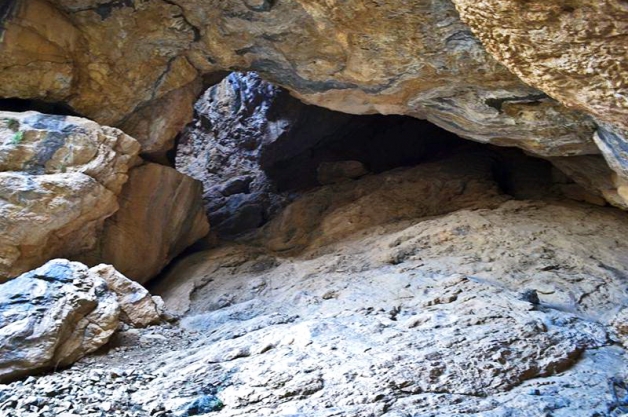Cave Teshik-Tash, Baysun
Teshik-Tash, Baysun is a cave-grotto located in the southern mountains of Baysantau, on the Sary-Shoto pass, known all over the world to archaeology professionals. After all, here, in the middle of whitish marble boulders in 1939, the scientist A. P. Okladnikov found the burial of a nine-year-old girl from the Middle Paleolithic era.
Of all the finds, the skull is the best-preserved, surpassing the volume of modern children, with characteristics for Neanderthal supraorbital rollers, a sloping forehead, and a protruding nose. Anthropologists managed to recreate her appearance. Her height was inferior to the children of our time. The disproportionality of a long, stooped torso with broad shoulders, powerful arms, and short, strong legs is noticeable.
The ritual burial was surrounded by the horns of mountain deer and goats dug into the ground. This confirms the theory of the existence of religious cults of the Mousterian culture on the territory of the present Surkhandarya region.
Bones of horses and bears, hunted by ancient inhabitants, were also uncovered in layers of soil 1.5 meters deep. Also, as a result of excavations, stone tools were found.
The literal name Teshik-Tosh means "Holed stone" from Uzbek. An aura of mystery has always hovered around the gorge, towering 1500 meters above sea level. The locals considered the grotto sacred, attributing healing properties to a natural miracle woven by time.









